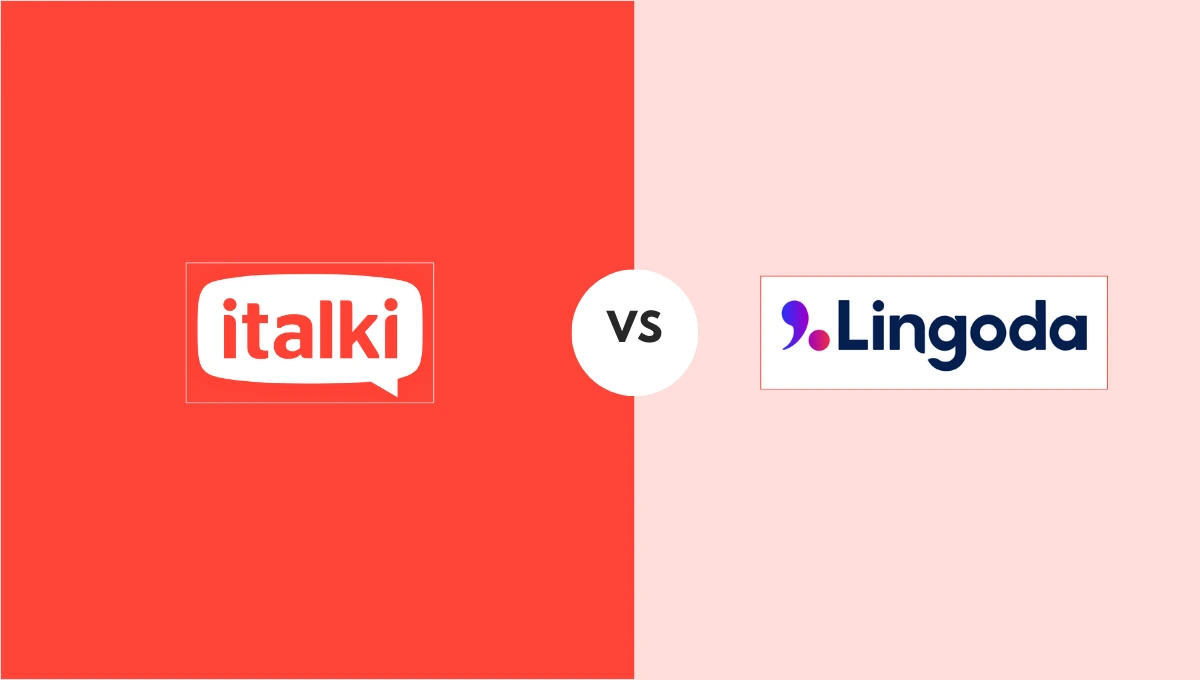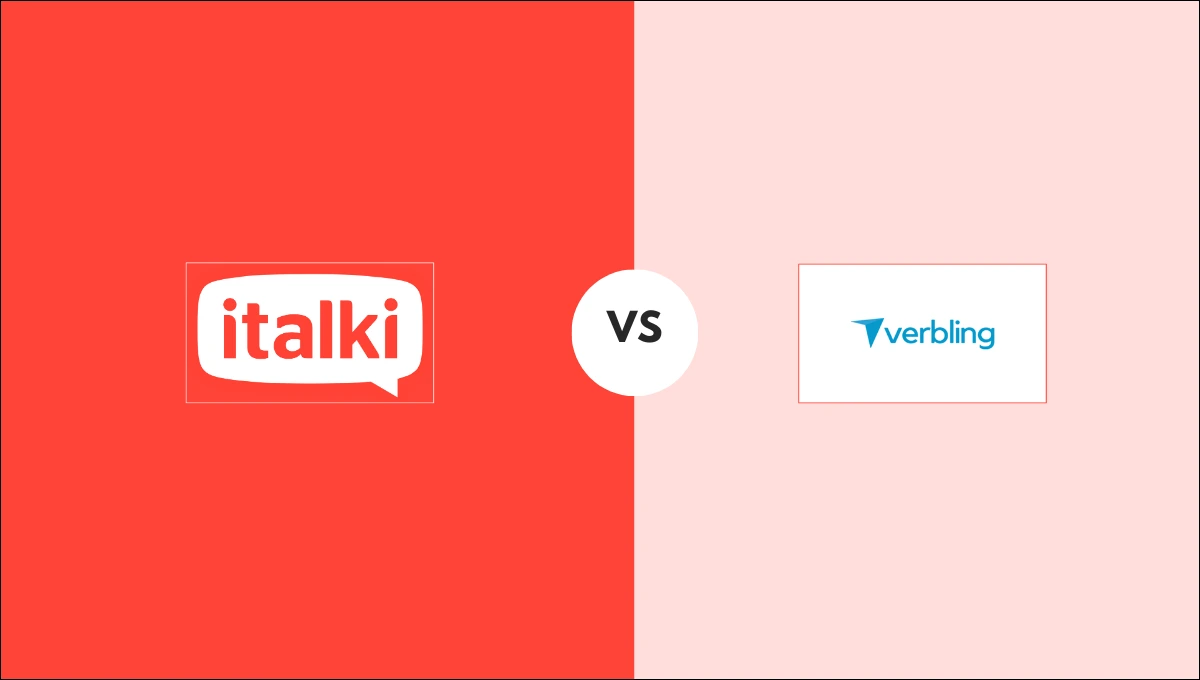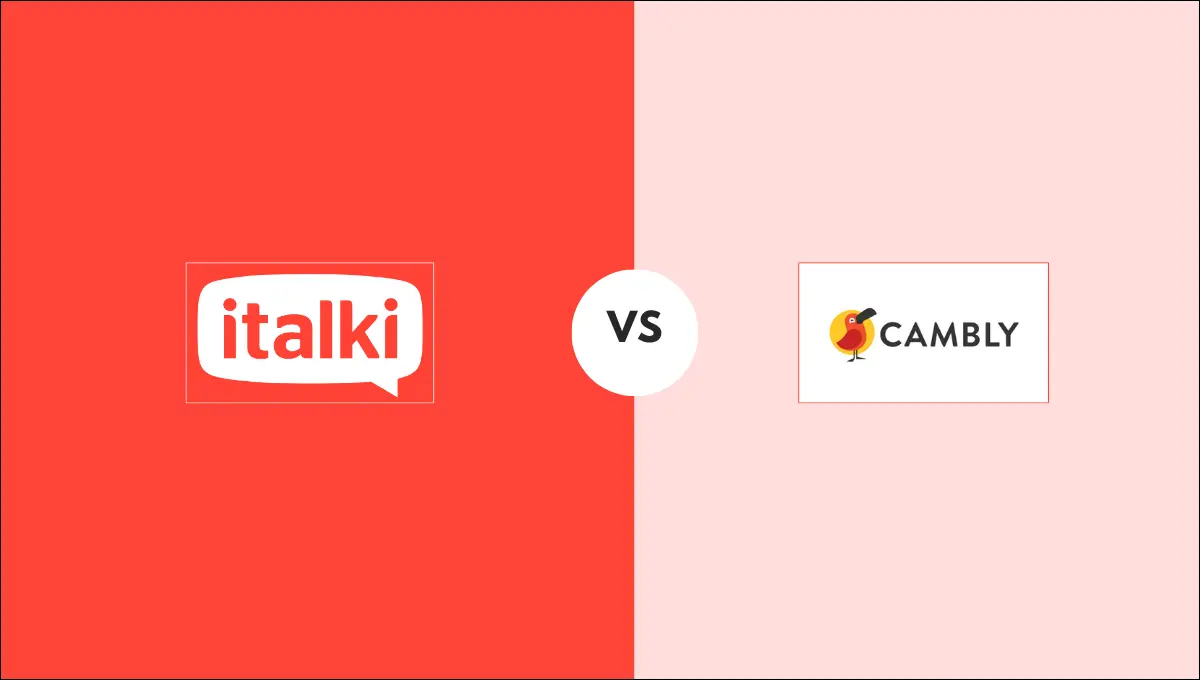If you have decided to start learning Japanese, the first words you’ll need to know are those for greeting others. After all, how would you start a conversation, formal or casual, if you didn’t know how to greet someone? With that in mind, this post is all about learning how to say hi in Japanese, and we have compiled some essential information to assist you in learning all of the necessary Japanese greetings.
To learn Japanese, you must know how to greet people properly or risk being considered rude. Greetings, or aisatsu (挨拶) in Japanese, are an important part of Japanese culture. Indeed, as you may already know, politeness and respect are deeply ingrained in Japanese culture. How you greet someone in Japanese, like in English and other languages, is determined by the social context of the meeting and the level of formality.
Nonetheless, greetings are more important in Japan than they are in the rest of the world. The most common greeting gesture is the Japanese bow or ojigi (お辞儀), which varies according to the situation and is used in conjunction with the verbal greeting. It is similar to the western handshake.
Before we get into the details of different ways to say ‘hi’ in Japanese. Here is an online course recommendation for you. If you want to learn Japanese online, you can get in touch with italki’s Japanese tutors. The procedure of registration is quite simple. All you need to do is to visit the website and select the tutor of your choice and start learning right away!

Find Your Perfect Teacher
At italki, you can find your Japanese tutor from all qualified and experienced teachers. Now experience the excellent language learning journey!
Book a trial lesson
Saying ‘Hi’ formally in Japanese
Konnichiwa / Hello or good afternoon (こんにちは)
In Japanese, the most common greeting is konnichiwa. It can be used to greet Japanese people in semi-formal settings, regardless of their social standing. You wouldn’t, however, use it to greet very close friends.
This greeting can also be interpreted as “good afternoon,” and it should not be used in the early morning or late at night. It is more literally translated as “good day.” It is a common misconception that it means the same thing as “hello.”
Ohayō gozaimasu / Good morning (おはよう ございます)
It is the equivalent of “good morning,” and it can be used as a formal greeting before 10 a.m. This is a slightly more formal expression than konnichiwa (こんにちは).
Konbanwa / Good evening (こんばんは)
This formal greeting is used in the same manner as ohayō gozaimasu (おはよう ございます) but in the evening or late afternoon, after the sun has set. It can be used both when meeting someone for the first time and when leaving, just like ‘good evening’ in English.
Saying ‘hi’ casually in Japanese
Ossu / Hey dude or hey man (おっす)
The word ossu is suitable for a casual greeting among male friends or young men.
Yahō / Yoohoo or Hiya (ヤッホ)
It is a very informal greeting that is equivalent to ossu for young girls. It is usually reserved for close friends.
Yā / Hi (やあ)
This is a simple greeting used among close friends and young people in Japan to say “hi” or “hi there!”
For example:
– Yā! Kyō wa kon’nani ī tenki… (やあ!今日はこんなにいい天気…) Hi there! Such great weather today…
– Yā! Dō shita no? (やあ!どうしたの?) Hi! What’s wrong?
Dōmo / Hi or hey (どうも)
The meaning of this Japanese word varies depending on the context. It literally means hello, goodbye, thank you, sorry, very much, in some way, and just. However, when used alone, it could be a casual way to greet people. It’s very informal, so be careful who you use it with
For example:
– A, dōmo! (どうもどうも) Hi! (use twice if you’re a man)
– Dōmo! Subete yoidesu ka? (どうも!すべて良いですか?) Hey! Is everything okay?
Yō / Hey (よう)
The Japanese letter yō is used to draw someone’s attention, and its meaning is the same as it is in English. This is a common way for men to greet friends, but some girls use it as well.
For example:
– Yō! Oaidekiteureshīdesu! (よう! お会いできてうれしいです!) Hey! Nice to see you!
– Yō! Chōshi wa dō? (よう! 調子はどう?) Hey! What’s up?
You can now watch animes to learn Japanese. There is plenty of Japanese content available online. It is significant for every learner to take advantage of all the content available online that too, free of cost.

Ō / Hey (おう)
It is a casual greeting used primarily among young male friends in Japan. It’s something you would hear in a high school locker room before a game.
For example:
– Ō! Genki ka? (おう! 元気か?) Hey! Doin’ alright?
– Ō! Kinkyō wa? (おう! 近況は?) Hey! What’s the latest news?
Harō / Hello (ハロー)
This word is an adaptation of the English word for ‘hello’. This is a cute and humorous way to say hi in Japanese.
For example:
– Harō! Genkidesu ka? (ハロー! お元気ですか?) Hello. How are you?
– Harō! Chōshi wa dō? (ハロー! 調子 はどうですか?) Hello. How’s it going?
Tadaima / I’m back (ただいま)
When you return home after going out, this is how you say hi in Japanese. For example:
– A person walking in: Tadaima! (I’m home).
– A person who’s home: Okaeri! (welcome back).
Saikin dō / What’s up? (最近どう)
This greeting translates as “How have you been?” or “how are you?” It’s also a colloquial expression used between friends. For example:
– Saikin dō? Sutekina ishō. (最近どう? 素敵な衣装!) How’ve you been? Nice outfit!
– Saikin dō desu ka? (最近どうですか?) This extended form makes the sentence more polite.
Frequently asked questions
Q. How to understand Japanese people and their culture?
A. We recommend watching Japanese shows, particularly animes, to help you advance your studies because they are such an important part of the culture. It will help you know Japanese people and their culture.
Q. Is Konnichiwa formal or informal greeting?
A. It is used in semi-formal situations but you can’t use it with close friends.
Q. How to say ‘good evening’ in Japanese?
A. The Japanese words for Good evening is (こんばんは).
Conclusion
You now know the most common ways to say ‘hi’ in Japanese and can greet people confidently in different situations. Even if you’re only planning a short trip to Japan, learning basic greetings will make conversations smoother and show respect for the culture.
There are several Japanese learning websites that can help you practice and expand your vocabulary.
If you’re new to the language, working with Japanese tutors for beginners can be a great way to put these greetings into practice and improve your pronunciation.
Want to learn a language at italki?
Here are the best resources for you!
















